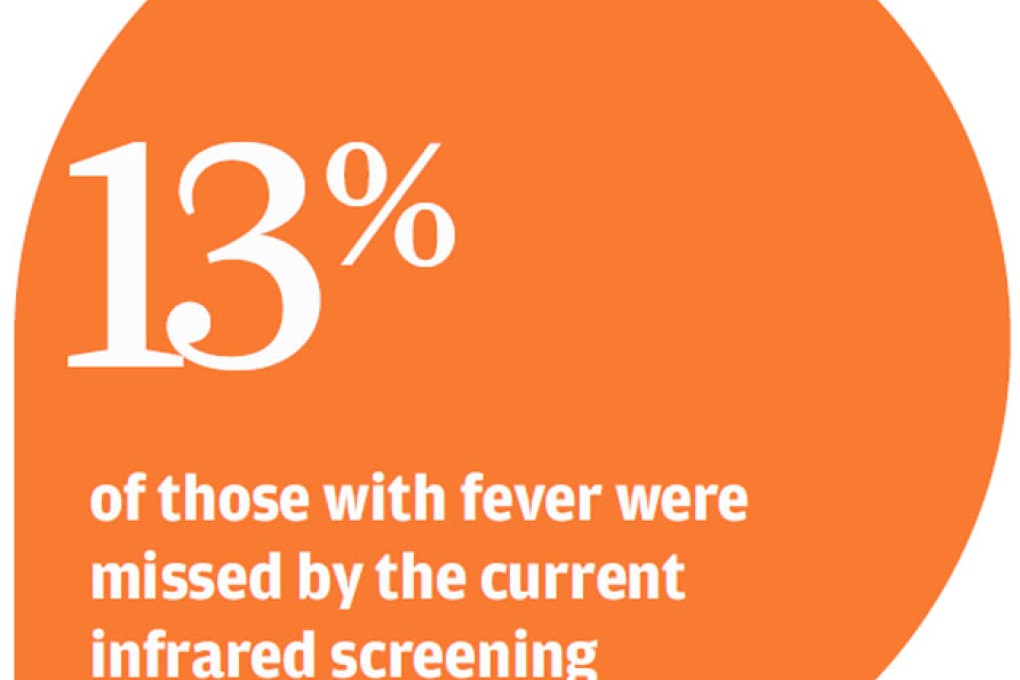Checkpoints' infrared fever screening 'not sensitive enough'
A University of Hong Kong study recently found that the current screening method missed 13 per cent of those who had fever, as the devices in use were not sensitive enough.

Infrared temperature screening devices at border crossings should be replaced with other more effective methods, researchers have suggested.

They suggested that the method be replaced with one of greater sensitivity and specificity instead, as infrared thermographic temperatures had only a moderate correlation with core temperatures.
The researchers studied 1,517 patients at the Queen Mary Hospital's accident and emergency department in 2005 and 2006.
The patients' frontal, forehead and lateral temperatures were detected with a US-made infrared camera, and then compared with their core temperatures taken by oral or aural measurements.
Forehead temperature measurement was found to be the least sensitive among the three.